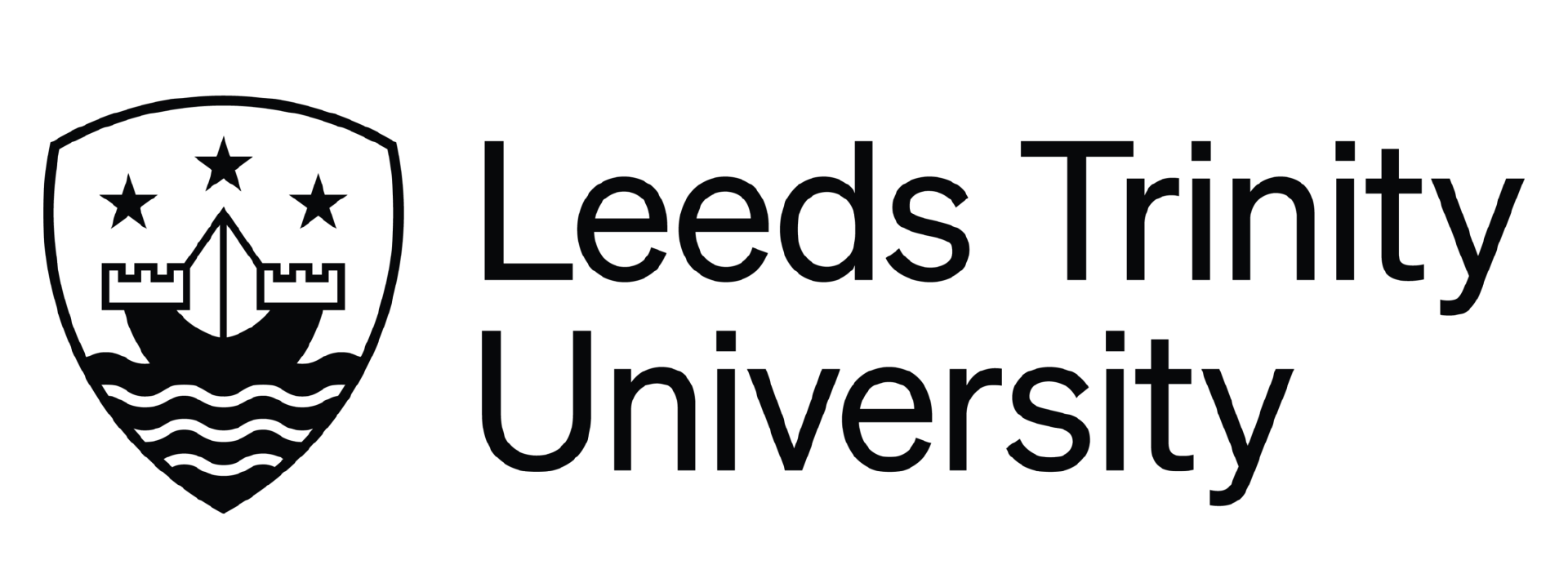Professor Roger Lewis, YU Associate
The phrase ‘anchor institution’ is currently in vogue but what does it mean in reality? What defines an ‘anchor’? What kinds of organisation are in a good place to take on the role? How might their different contributions complement each other as part of a wider system? More specifically for YU, what role should universities play? These questions were posed at a roundtable convened last week to discuss a new report published by Newcastle University researchers on universities and place-based leadership.
An anchor institution has impact on and within its local area (defining ‘local’ is important). This may be for a variety of factors: the size of the organisation, the land and other infrastructural assets it possesses, the number of people it employs, its spending power within a locality, the nature of its services (e.g. utilities, emergency health support), and the ways in which it chooses to interact with the community (for example encouraging its staff to undertake local projects, a history of supporting local people and their associations). So organisational size is not the only defining characteristic; ‘small’ organisations in the third sector can connect to and across community groups, including those that are disadvantaged and often ‘hard to reach’. YU’s emergent relationships with Community Foundations in Yorkshire is important in this regard.
So, what organisations meet these criteria? The most obvious are public or semi-public institutions, such as councils (with their services including planning, street services, social care, leisure facilities), health providers (hospitals, health care centres, GP services). Then there are large businesses with a significant local presence and/or history; housing providers; utilities; third sector organisations including social enterprises; nurseries and schools. Where do colleges and universities fit? Whether viewed as ‘public’ or ‘private’ (or somewhere in between) they certainly qualify as anchor institutions – though their level of enthusiasm for taking on the role further will vary (for example, in HE, depending on an institution’s history and position in the market).
One approach as to how universities support growth and community wealth-building is through local and sustainable procurement and the ‘Preston Model’ is an oft-quoted example, with £270m redirected into the local economy since 2013. Similar developments are also taking place in Leeds, where the Vice-Chancellor of Leeds Beckett University, Professor Peter Slee, chairs a group of anchor institutions committed to investing and retaining more spending in the City of Leeds. Anchor institutions can also seek to recruit staff from the locality, especially from deprived areas within its footprint and develop working policies friendly to the community, including flexible working and sustainable travel plans. They can make their resources available to the community, designing new buildings and systems with local engagement and participation in mind.
Where do universities fit into this picture? As institutions committed to fostering learning and knowledge universities can make a conscious effort to recruit students from the locality. They can incorporate issues of local importance within the agreed curriculum, thereby prompting students to engage closer with the community. In terms of the informal curriculum universities can work with students’ unions to encourage their students to volunteer; skills students develop in this role can be formally recognised. As research institutions, universities can encourage academics to engage with local groups to examine collectively societal challenges needing solutions: high quality research does not need to be remote from researchers’ immediate geographical context. The announcement last week, by UK Research and Innovation, of new funding for pilot projects designed to strengthen public and community engagement is therefore welcome, with projects being taken forward in Bradford, Hull and York. In their business-facing role universities also collaborate with local economic development agencies and other business organisations to address priority needs in economic development, such as raising productivity, helping graduates and others form new businesses and identifying skills’ needs (and explicitly addressing these within the curriculum).
More generally, as large organisations, universities can review their recruitment and procurement policies (along with other local ‘anchors’). They can develop and embed ‘anchor thinking’ within their own organisations, getting ownership internally at all levels and showing the potential to lead and work collaboratively with other stakeholders. The proposed Civic University Network will have an important role here to play in building capacity and sharing good practice.
Traditionally, some universities have sought to detach themselves from the places in which they were based – they were ‘in’ rather than ‘of’ their town or city. Others in the sector, especially in Yorkshire, grew out of strongly communal structures, such as technical or adult colleges. However, for all universities now their relationships with the regions in which they are based are critical – especially when parts of the community feel disenfranchised from post compulsory education. Under such circumstances, in an effort to build a genuine culture of lifelong learning, widening and deepening the anchor role is more of a priority for universities than perhaps ever before.
Especially so, in light of the recent polling carried out by Public First for the UPP Foundation that show a stark divide between the various communities in Britain as to how they feel their local areas have fared over their time living there. Read the tale of a divided Britain in more detail here.












